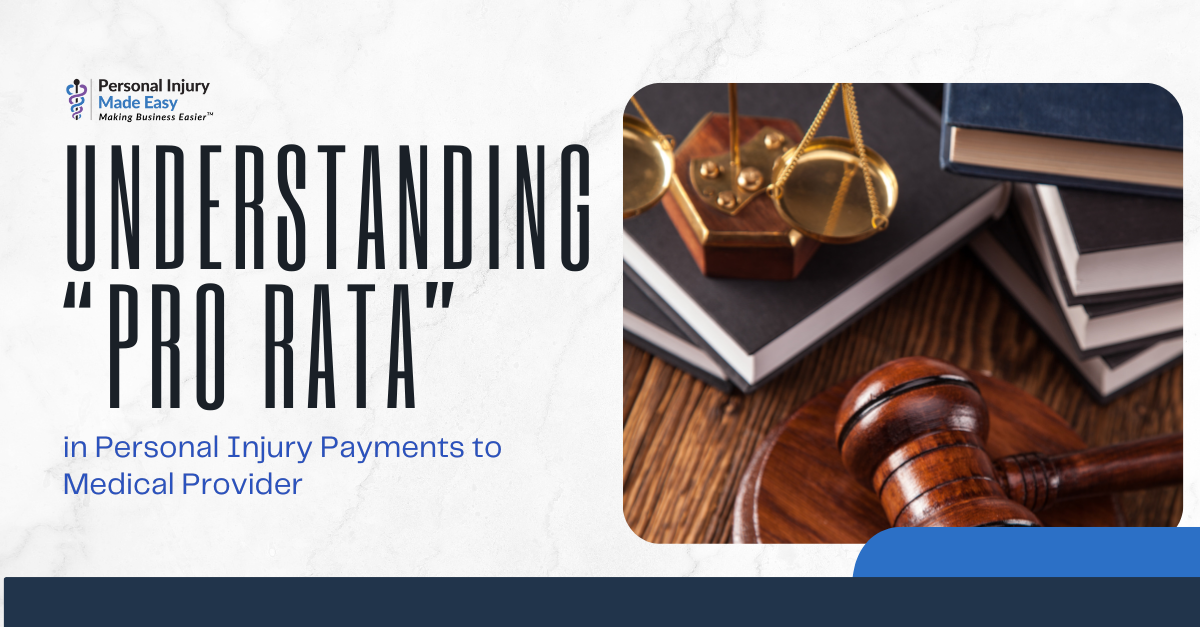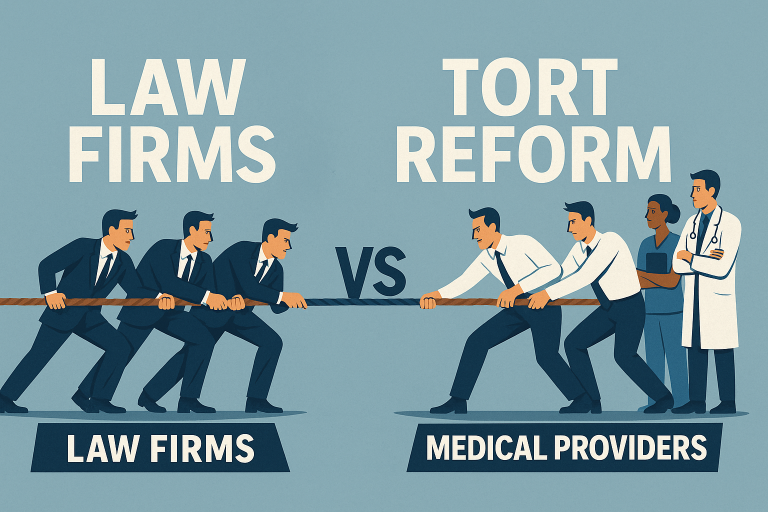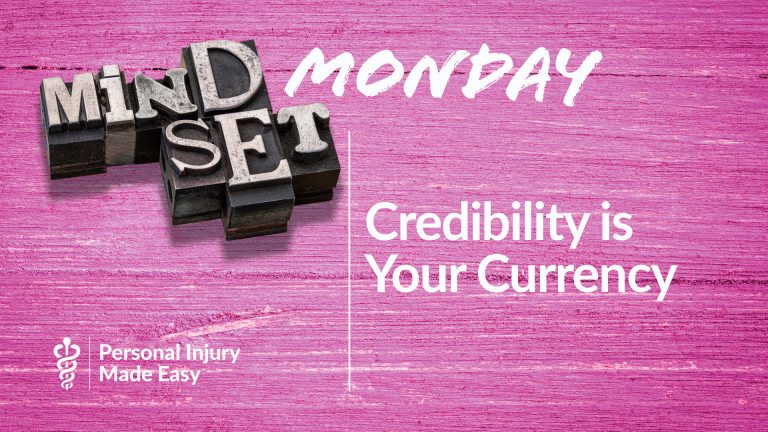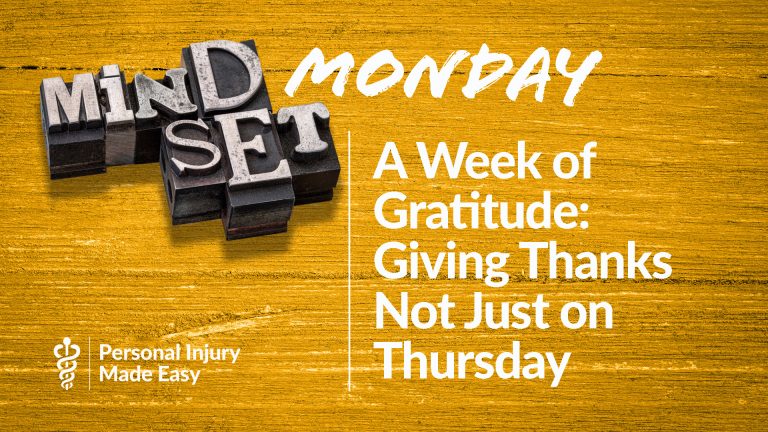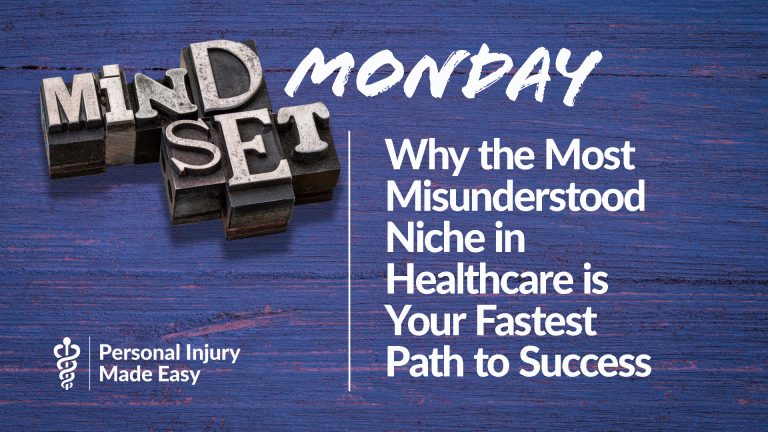
Huge Windfall Coming for California Chiropractors Who Treat Personal Injury Patients
By Michael Coates
Background on the Protect California Drivers Act
In 1967, California’s legislature established that all motorists must carry at least the following in liability insurance:
- $15,000 minimum for bodily injury or death for one victim
- $30,000 minimum for bodily injury or death for two or more people
- $5,000 minimum in property damage
This is known as 15/30/5, and it represents today’s minimum liability coverages. The trouble is, the year is now 2023, and the cost of living has skyrocketed since 15/30/5 was set as the standard.
| 1967 | 2022 | |
| Average Cost of a New House | $14,250 | $65,895 |
| Average Cost of a New Car | $2,750 | $48,080 |
| Average Income Per Year | $7,300 | $831,460 |
| Inflation | $1 | $8.75 |
On January 1, 2025, the minimum liability coverages are set to increase as follows:
- $30,000 for bodily injury or death for one victim
- $60,000 for bodily injury or death for two or more victims
- $15,000 in property damage coverage
The new 30/60/15 minimum coverage (essentially doubled) starts in 2025, so in two years, you will be better positioned to make stronger negotiations with attorneys, and the attorneys will be better positioned to recover more overall. You just might see even the difficult attorneys let down their guard a bit. (Don’t count your chickens yet, though. Difficult PI attorneys aren’t known for being sweethearts!)
Setting Yourself Up for Success
- First, know the law related to pro rata. Though many attorneys will try to mislead you, pro rata does not apply to chiropractors treating patients in personal injury. In California, the patient owes the full balance of the bill, regardless of the outcome of the personal injury case, provided you treated properly and billed reasonably.
Of course, many attorneys won’t tell you this, and they might not even tell their patients. By keeping people in the dark, attorneys benefit in two ways:
- First, they can pressure uninformed providers into reducing their bills, claiming that since the case did not pay out enough, all the medical providers must receive an equal percentage out of only 25 to 33% of the settlement pot—the pro rata posture.
This isn’t true. While medical providers often must share the pot that comes from the case, the patient still owes the balance from their own pocket.
But far too many attorneys are more interested in helping their client or their favored providers at your expense, so they often trick you into reducing your bill when you don’t have to. After all, it makes the attorney look better if the client walks away feeling like they got a better deal. If the client still has a pile of medical bills to pay after the case concludes, the attorney doesn’t shine quite so brightly.
- Misleading patients and/or misrepresenting the law helps the not-so- ethical attorney, particularly when they want a patient to settle for less than policy limits. Very often, it is in the attorney’s interest to settle rather than going to trial, which requires a far higher investment by them into their client’s case. If the patient thinks their medical bills will be wiped clean by the settlement monies, the patient is more likely to agree to a lower settlement. Many of these attorneys still charge full boat for their attorney’s fees—between 33 and 45 percent, not including costs incurred. Because attorneys want their clients to walk away with about a third of the settlement pot, the burden of the low settlement amount is place upon providers, who are often tricked into accepting pennies on the dollar. Heck, many attorneys act as though paying a chiropractor 50 percent of their bill is overpaying them. You can bet they don’t take the same view on their own work!
If you push back without putting the proper processes in place (keep reading), these attorneys make you out to be the bad guy, as if you did something wrong. Pretending that pro rata of only one-third of a settlement pot applies is one of the attorney’s favorite tactics.
Understanding this law now is important because it helps you get processes in place to set the right expectations with your patient and the law firm, enforce full transparency by all, and nip misunderstandings in the bud. For instance, you can:
- Let the patient know in the initial visit and in the lien agreement that the patient owes the full balance, and that the attorney is not authorized to enforce a reduced bill within written approval from you. Having the “right” lien agreement is so very important to better position and protect you. Yet most lien agreements are sorely lacking.
- Provide timely and compliant estimates of your entire projected care, with a second reminder that the patient will always owe the full balance.
- Send interim monthly billing statements during treatment stamped with yet another reminder that “the patient owes the full balance of the bill, regardless of the outcome of the case.”
- First, they can pressure uninformed providers into reducing their bills, claiming that since the case did not pay out enough, all the medical providers must receive an equal percentage out of only 25 to 33% of the settlement pot—the pro rata posture.
- Use a new law—the No Surprises Act—to your advantage.
Effective January 1 of last year, Congress’s No Surprises Act (NSA) requires medical providers to, among other things, give their patients a “good faith estimate,” or a GFE, before treatment begins. The intent is to avoid situations whereby patients who schedule treatment receive surprise medical bills, instead giving them an opportunity to shop around for alternatives.
Now your patient is ready for the next step: conversion to a term care plan for the wellness side.
- Happy, health patients.
- More in term-care plans.
- More revenues, increased profits, and higher practice valuations.


